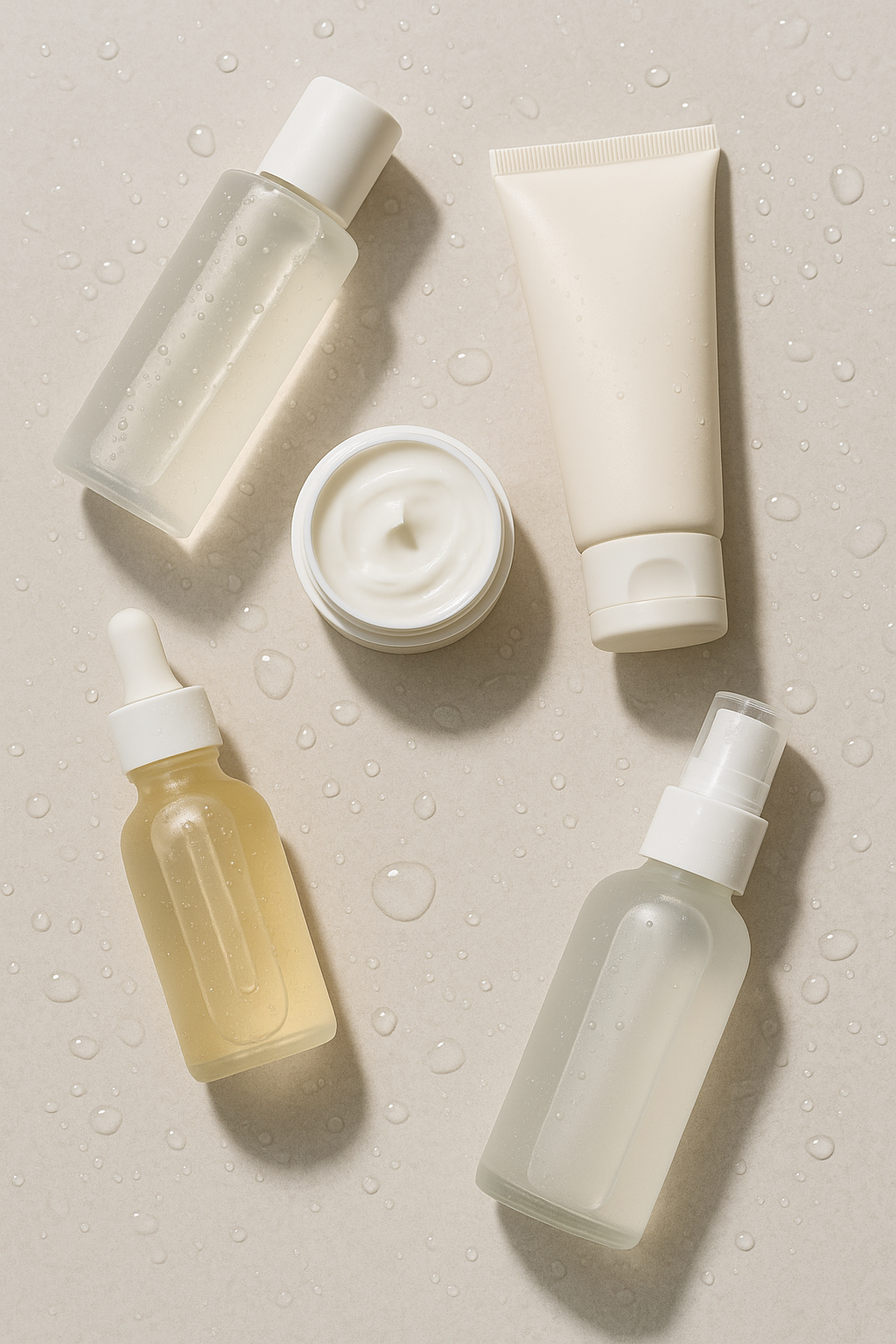
Skin Flooding: The Hydration Trend Everyone’s Talking About (And How to Do It Right)
In a world overflowing with skincare trends, skin flooding has emerged as a favorite — and for good reason. This method involves layering hydrating skincare products to literally "flood" your skin with moisture. Think of it as a hydration buffet for your face that’s suitable for all skin types and all genders. The result? A bouncy, plump, dewy complexion without the need for heavy makeup or complex routines.
Why Skin Flooding Is Trending
With the rise of skin barrier repair, minimalist routines, and self-care culture, skin flooding fits right in. Social media platforms like TikTok and Instagram have amplified its popularity, with influencers and dermatologists praising it for being effective, affordable, and inclusive.
- Beginners love its simplicity.
- Experts appreciate the flexibility.
- Everyone enjoys the glow.
The Science Behind Skin Flooding
Skin flooding works by leveraging the power of humectants, emollients, and occlusives — the three pillars of hydration:
- Humectants (like hyaluronic acid and glycerin) pull water into your skin.
- Emollients (like squalane or ceramides) smooth the surface and add moisture.
- Occlusives (like shea butter or petrolatum-free balms) seal it all in.
By applying these layers in the right order, your skin stays hydrated longer and looks visibly healthier.
Step-by-Step Skin Flooding Routine
🌀 Step 1: Start With a Damp Face
After cleansing, pat your face gently — don’t dry it completely. Water helps humectants do their job better.
💧 Step 2: Apply a Hydrating Mist or Toner
Look for toners with ingredients like aloe vera, rose water, or sodium PCA. This boosts your skin's hydration baseline.
✨ Step 3: Use a Water-Based Serum
A hyaluronic acid serum is the hero of this step. Apply while your skin is still damp to lock in hydration.
🧴 Step 4: Layer a Lightweight Moisturizer
This is your emollient step. Gel creams or lotions with glycerin, squalane, or niacinamide work well for most skin types.
🔒 Step 5: Seal It In
Finish with an occlusive — think of this as the lid on your hydration jar. Balms or barrier creams work great, especially at night.
Best Skin Flooding Ingredients by Skin Type
| Skin Type | Recommended Ingredients |
|---|---|
| Dry Skin | Hyaluronic acid, squalane, ceramides, oat extract |
| Oily Skin | Niacinamide, aloe vera, green tea extract |
| Sensitive Skin | Panthenol, allantoin, chamomile, fragrance-free formulas |
| Combination Skin | Sodium PCA, glycerin, lightweight gel creams |
Can You Overdo It?
Yes. While hydration is good, too much of anything can backfire. Signs of over-flooding include:
- Pilling of products
- Breakouts due to occlusion
- A sticky or greasy feeling
Tip: Start with fewer products, then build your routine based on your skin’s response.
Skin Flooding Myths Debunked
Myth #1: “It’s only for dry skin.”
→ Nope! Oily and combo skin types benefit too — the key is using the right textures.
Myth #2: “You need expensive products.”
→ Also false. Affordable brands offer excellent hydration essentials.
Myth #3: “More products = better results.”
→ Quality over quantity. Two to three layers may be all you need.
Skin Flooding Tips for All Genders
- Be Texture-Smart: Lighter textures first, heavier ones last.
- Go Fragrance-Free If You're Sensitive: Especially around shaving areas.
- Use Lukewarm Water: Hot water strips natural oils, reducing hydration.
- Patch Test New Products: Everyone’s skin reacts differently.
- Don’t Skip SPF in the Morning: Hydrated skin still needs protection.
Final Thoughts
Hydration + Glow = Your Best Skin Yet
If you’re layering hydrating products, don’t forget to lock in moisture with a targeted serum. Our Vitamin C Serum is perfect for brightening dull skin, fading dark spots, and delivering that glow — especially when used after a skin flooding routine.
Want to dive deeper into how Vitamin C fits into your skincare routine? Check out our blog post on how to use Vitamin C Serum for glowing skin.
Skin flooding isn’t just a passing trend — it’s a game-changer for hydration routines. Whether your skin is dry, oily, or somewhere in between, this approach helps you build a resilient skin barrier and a radiant complexion.
Plus, it’s easy, inclusive, and customizable. That’s skincare at its best.